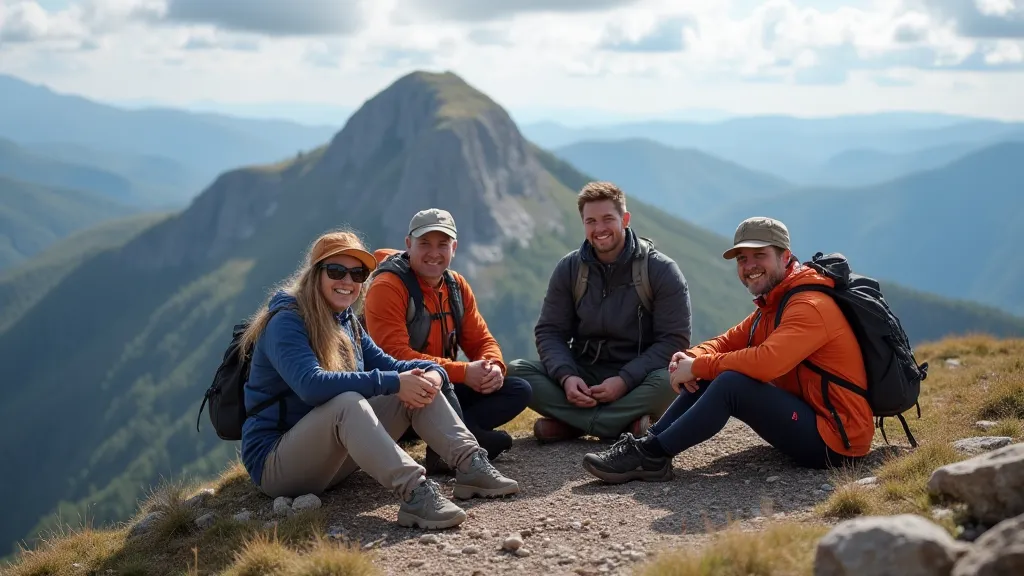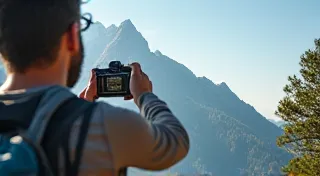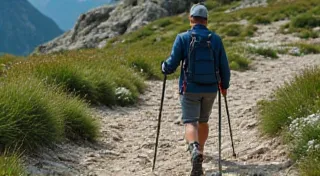Ultimate Guide to Backpacking Gear for Thru-Hikers
Description: A comprehensive guide to the essential backpacking gear needed for long-distance hikes like the Appalachian Trail or PCT. Includes gear reviews and weight considerations.
Introduction: The Weight of Expectations
Thru-hiking—conquering epic trails like the Appalachian Trail (AT), Pacific Crest Trail (PCT), or the John Muir Trail—is a monumental undertaking. While the scenery and sense of accomplishment are unparalleled, success hinges on meticulous planning, physical endurance, and, crucially, your gear. This guide breaks down the essential backpacking gear for thru-hikers, emphasizing weight considerations and offering concise gear reviews. Every ounce counts when you're carrying everything you need for months on end. Many aspiring thru-hikers start their journey with a basic understanding, but quickly realize the importance of specialized equipment – and how to choose it. Before you even think about setting foot on the trail, consider researching specific trails, like those found in Hiking Trails in Arizona, to get a feel for different terrains and climate conditions.
The Big Four: Prioritizing Your Essentials
The “Big Four” – backpack, tent, sleeping bag/quilt, and sleeping pad – represent the bulk of your weight and cost. Prioritize these carefully.
1. Backpack: The Foundation of Your Load
Review: Osprey Atmos AG 65/Aura AG 65 - This pack is a thru-hiking staple. Its Anti-Gravity suspension system provides exceptional comfort even when loaded. While not the absolute lightest, the comfort significantly reduces fatigue. Weight: ~4lbs. Price: $339.
Considerations: Volume (50-70 liters is typical), weight (aim for under 5lbs), fit (get professionally fitted!). Choosing the right pack is vital; many beginners find a detailed Choosing the Right Hiking Backpack guide invaluable to the process.
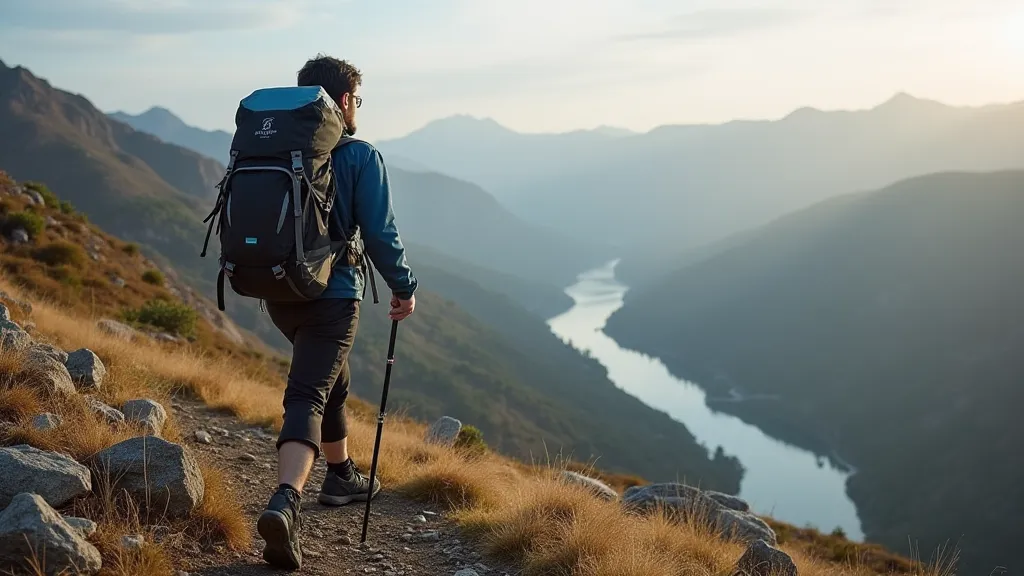
2. Tent/Shelter: Your Home Away From Home
Review: Big Agnes Copper Spur HV UL2 - Known for its exceptional balance of weight, space, and durability. The freestanding design is easy to pitch, even in challenging conditions. Weight: ~2.5lbs. Price: $429.
Considerations: Freestanding vs. non-freestanding, weight, waterproofness, internal space.
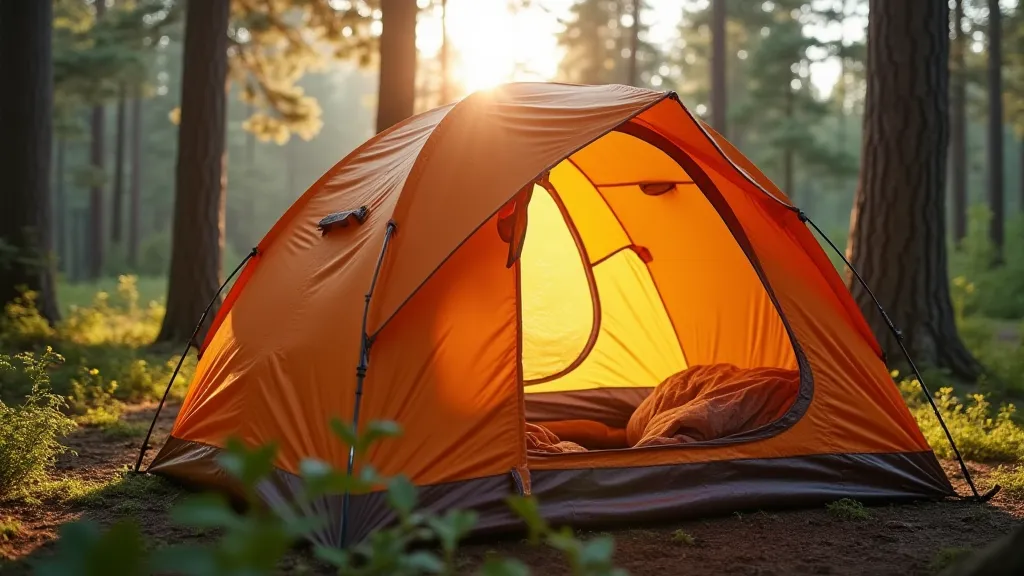
3. Sleeping Bag/Quilt: Staying Warm and Comfortable
Review: Enlightened Equipment Revelation Quilt 10° - Ultralight and incredibly versatile. Down insulation provides exceptional warmth-to-weight ratio. Requires some practice to master its use, but offers significant weight savings. Weight: ~1lb 10oz. Price: $399.
Considerations: Temperature rating, down vs. synthetic insulation, weight, compressibility.
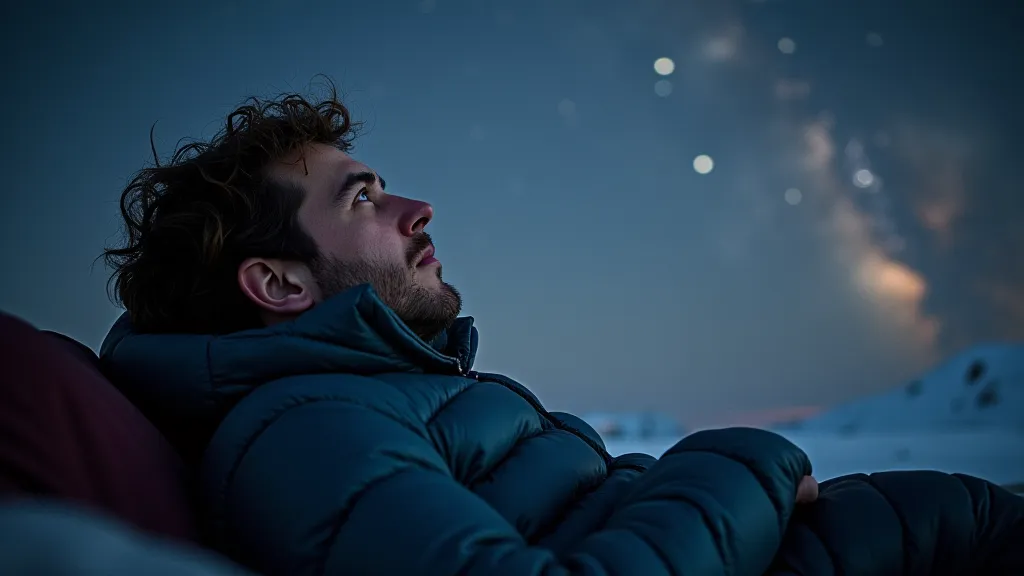
4. Sleeping Pad: Comfort and Insulation
Review: Therm-a-Rest NeoAir XLite – A reliable and lightweight inflatable pad. Provides good insulation and comfort. Can be noisy when inflated/deflated. Weight: ~13oz. Price: $189.
Considerations: Insulation (R-value), weight, packability, comfort.
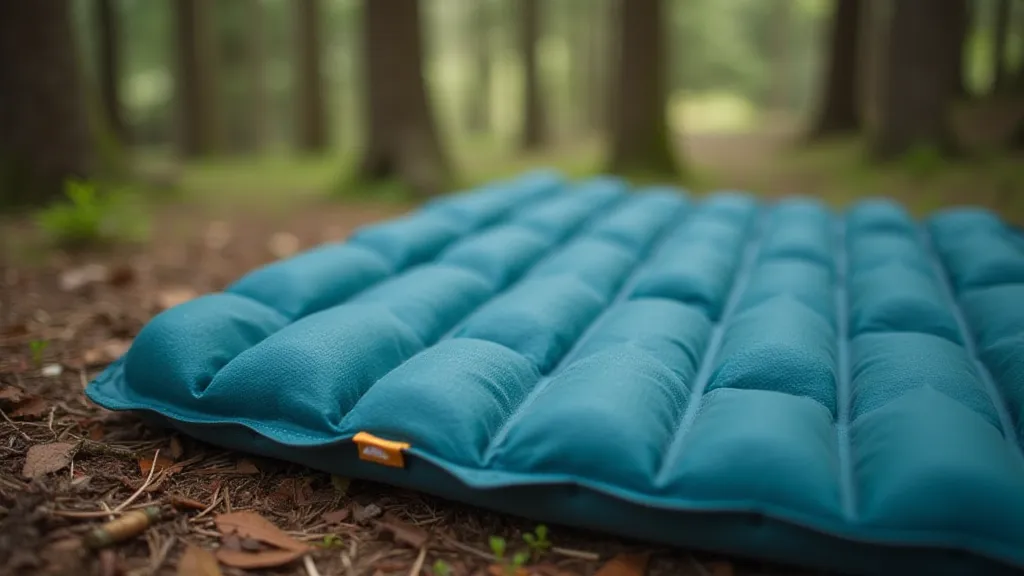
Essential Gear Beyond the Big Four
Beyond the Big Four, a range of smaller items contributes significantly to your overall comfort and safety on the trail. These often-overlooked pieces can be the difference between a pleasant journey and a miserable one. It’s also important to think about a detailed checklist to ensure you’re fully prepared, especially if you’re tackling a longer and more challenging route like the Appalachian Trail – a goal many hikers have after starting with shorter treks.
- Cooking System: Jetboil or similar for fast boiling. Lightweight cookware and utensils. Consider the environmental impact of your fuel source.
- Water Filtration/Treatment: Sawyer Squeeze or SteriPen. Proper hydration is absolutely critical for long-distance hiking.
- Navigation: Map, compass, GPS device or smartphone with mapping app. Don't rely solely on technology; know how to use a map and compass.
- Headlamp/Flashlight: With extra batteries. A reliable light source is essential for navigating in the dark.
- First Aid Kit: Comprehensive kit tailored to potential injuries. Include blister treatment, pain relievers, and antiseptic wipes.
- Clothing: Layering system for varying conditions. Moisture-wicking base layers, insulating mid-layers, waterproof outer layers. Think about quick-drying fabrics.
- Footwear: Well-broken-in trail runners or hiking boots. Extra socks! Properly fitted boots are crucial for preventing blisters. Many thru-hikers spend significant time researching Best Hiking Boots of 2024 options before committing to a pair.
Weight Considerations: Every Ounce Matters
Thru-hiking demands weight consciousness. Aim for a base weight (weight of your gear *excluding* food and water) of under 20 pounds. Regularly assess your gear, identifying opportunities for weight reduction. Consider titanium or carbon fiber alternatives, but balance weight savings with durability and cost. Every pound on your back adds to fatigue and slows you down. A lighter pack allows you to cover more ground and enjoy the journey more. This isn't just about saving a few ounces here and there; it's about a holistic approach to minimizing weight without sacrificing essential safety and comfort. Think about the cumulative effect of small reductions across all your gear. For example, choosing a lighter water bottle, a more compact stove, and a minimalist first aid kit can all contribute to a significant overall weight savings. Beyond just the gear itself, consider the materials your clothing is made of and the types of packaging your food comes in.
Beyond Gear: Physical and Mental Preparation
While having the right gear is crucial, it's only part of the equation. Physical conditioning is paramount. Start with shorter hikes, gradually increasing the distance and elevation gain. Focus on building endurance, strength, and agility. Equally important is mental preparedness. Thru-hiking is a challenging endeavor that requires resilience, adaptability, and a positive attitude. Learn to embrace discomfort, overcome setbacks, and appreciate the beauty of the journey. Many people underestimate the mental toll that long-distance hiking can take.
Final Thoughts
Choosing the right backpacking gear for a thru-hike is a personal journey. Experiment with different options, get feedback from experienced hikers, and prioritize comfort and reliability. Don't be afraid to make mistakes – everyone starts somewhere. The most important thing is to get out there and explore the world. Happy trails!
